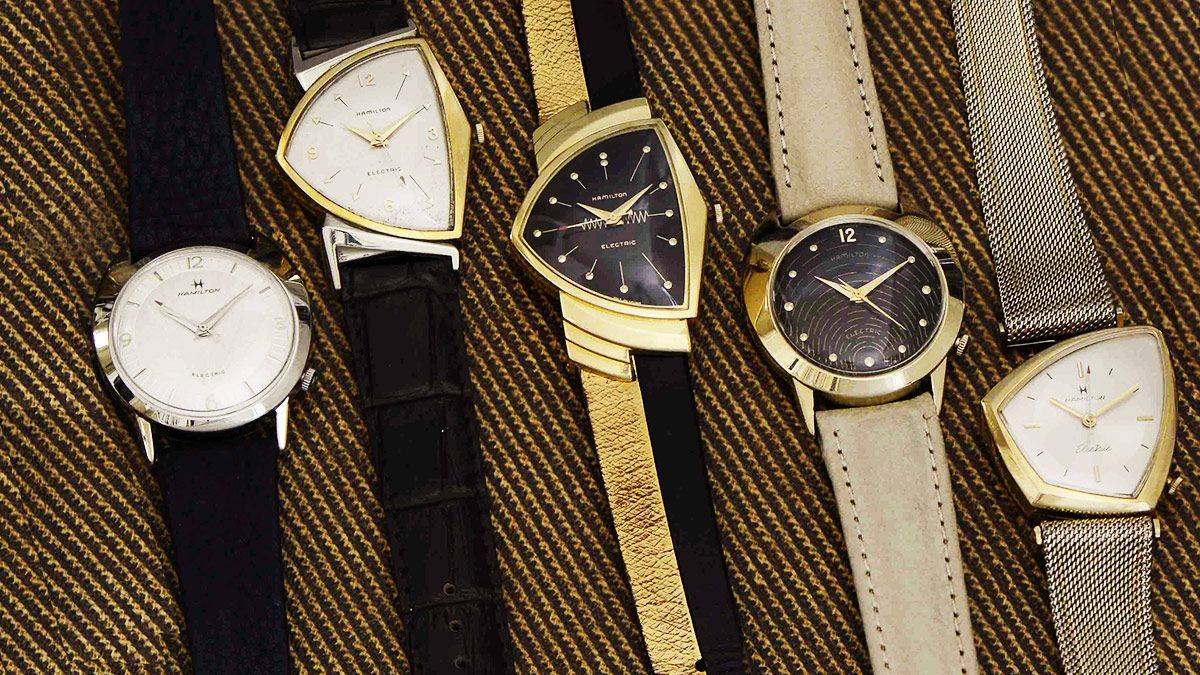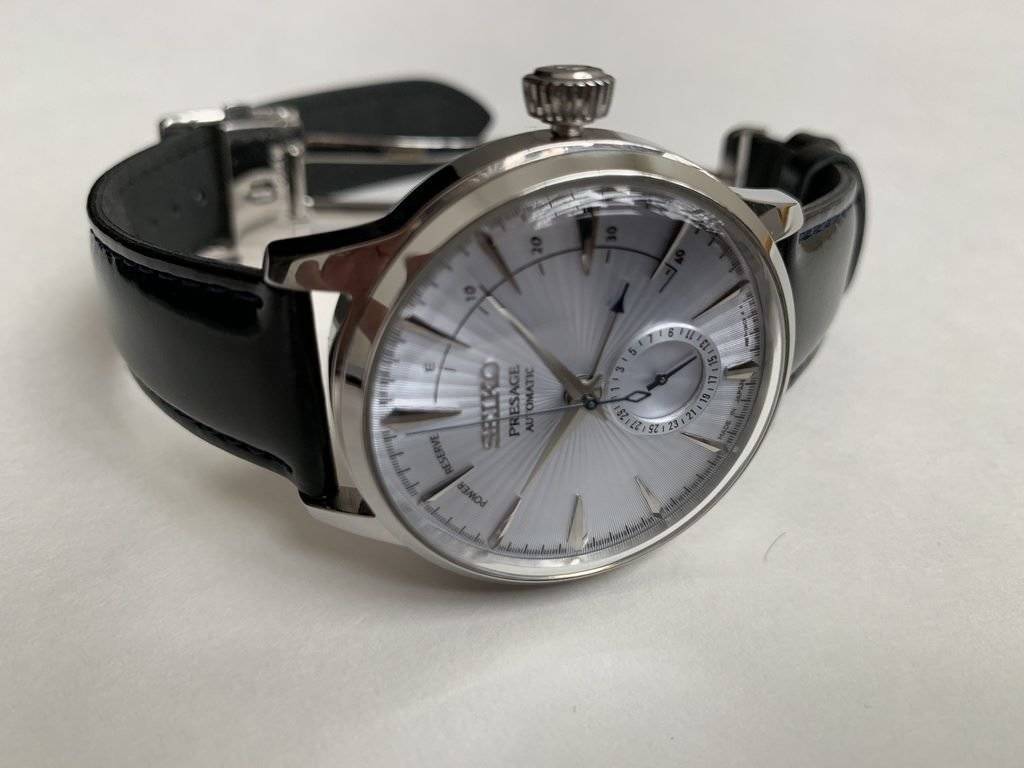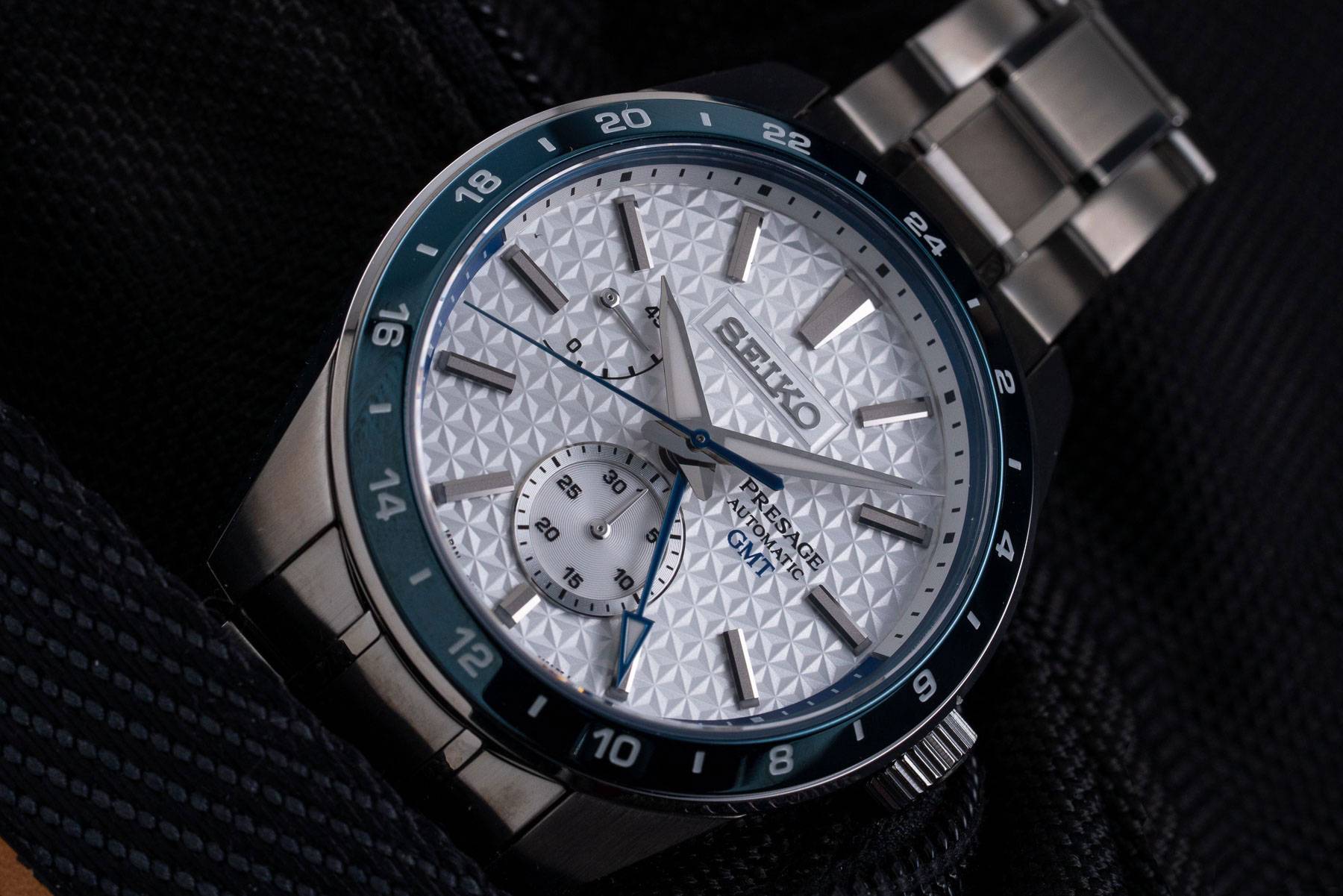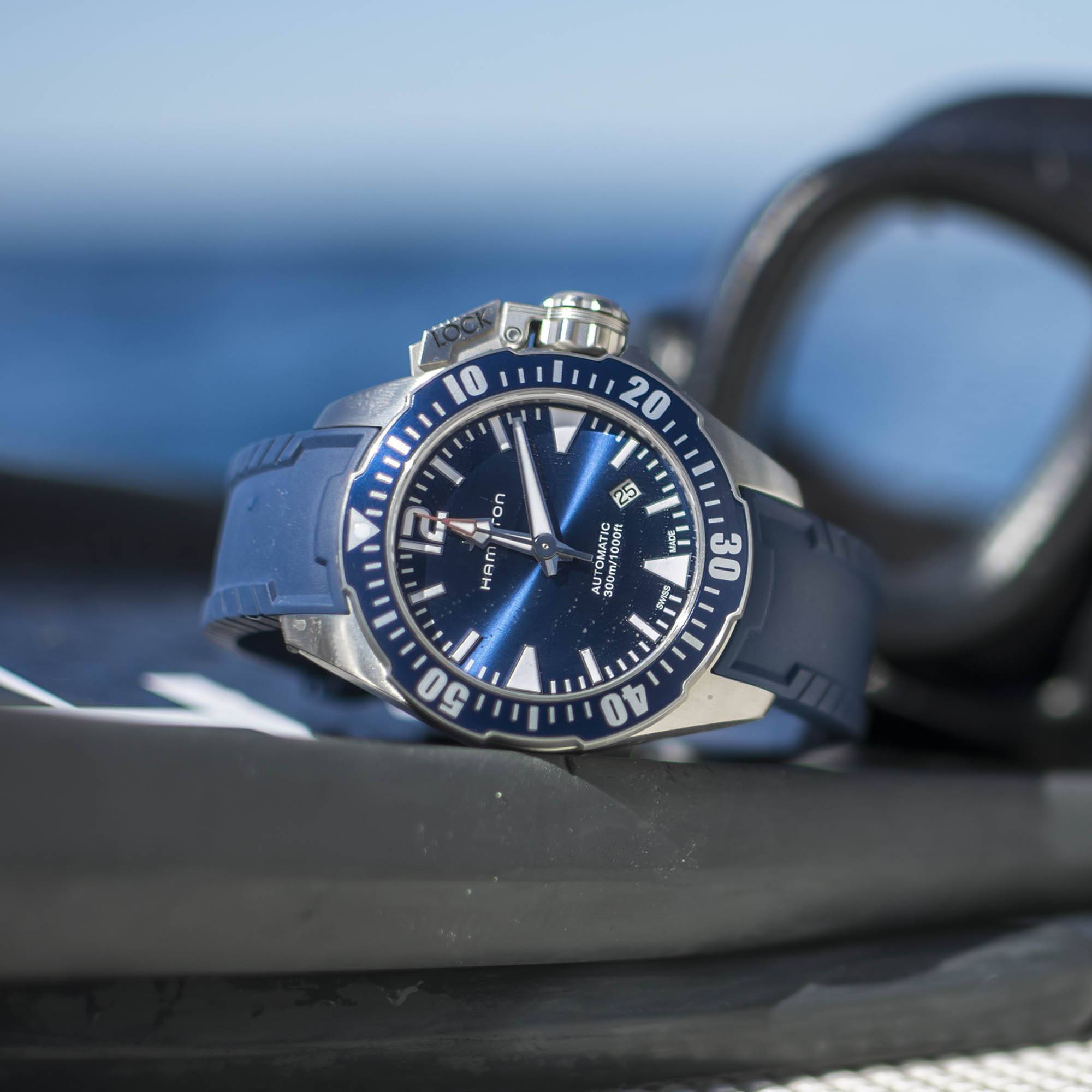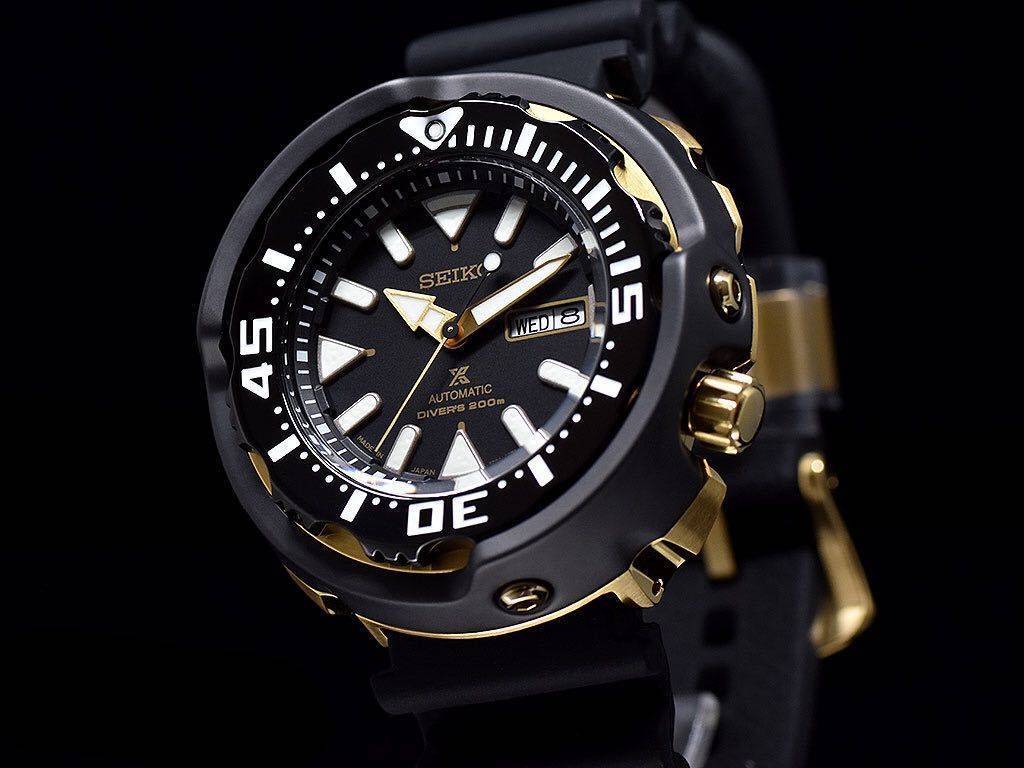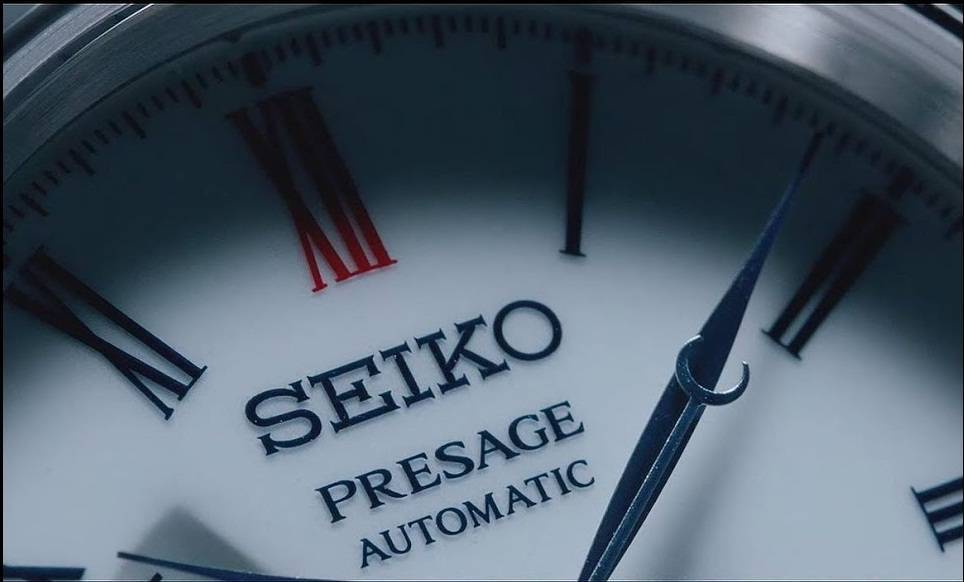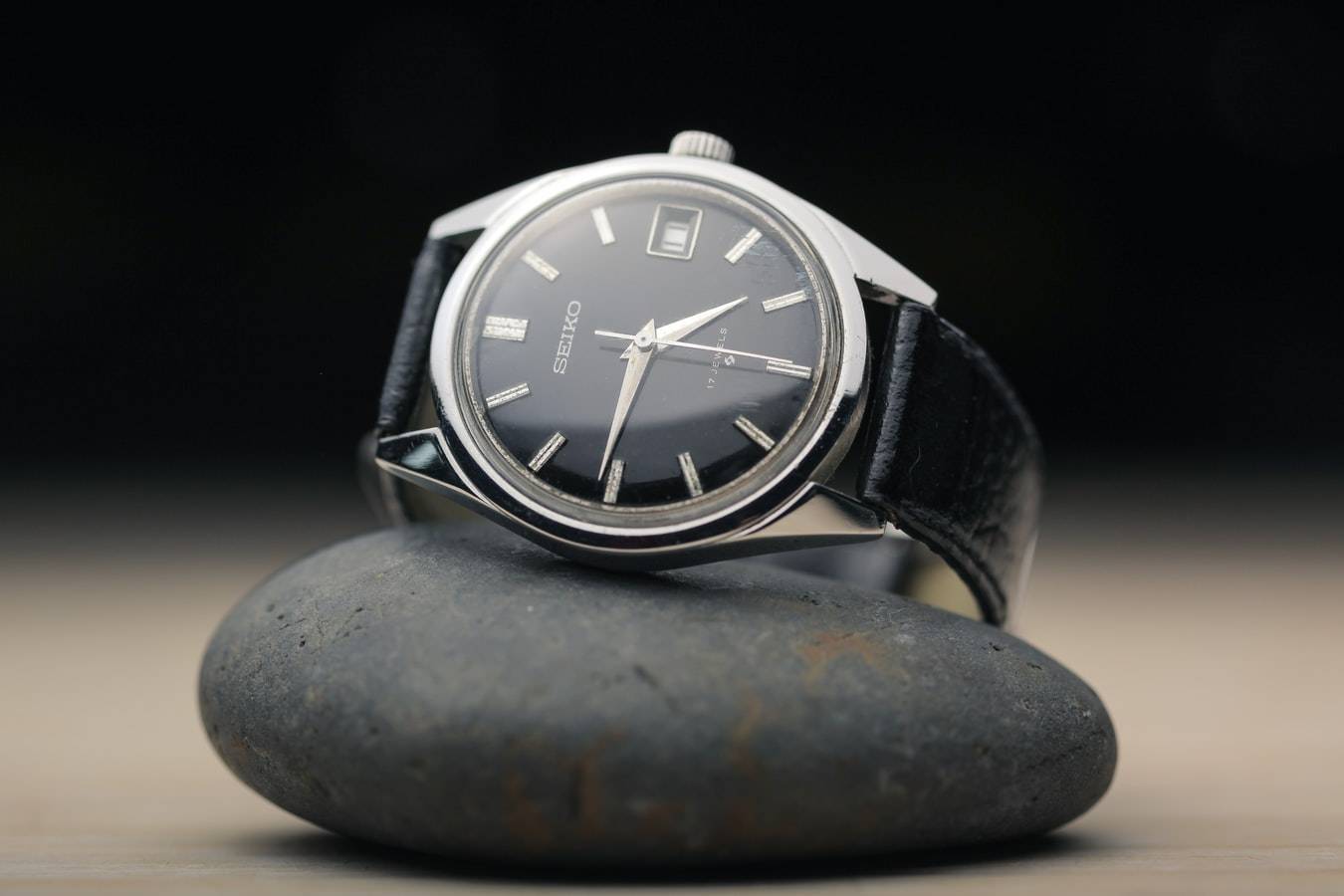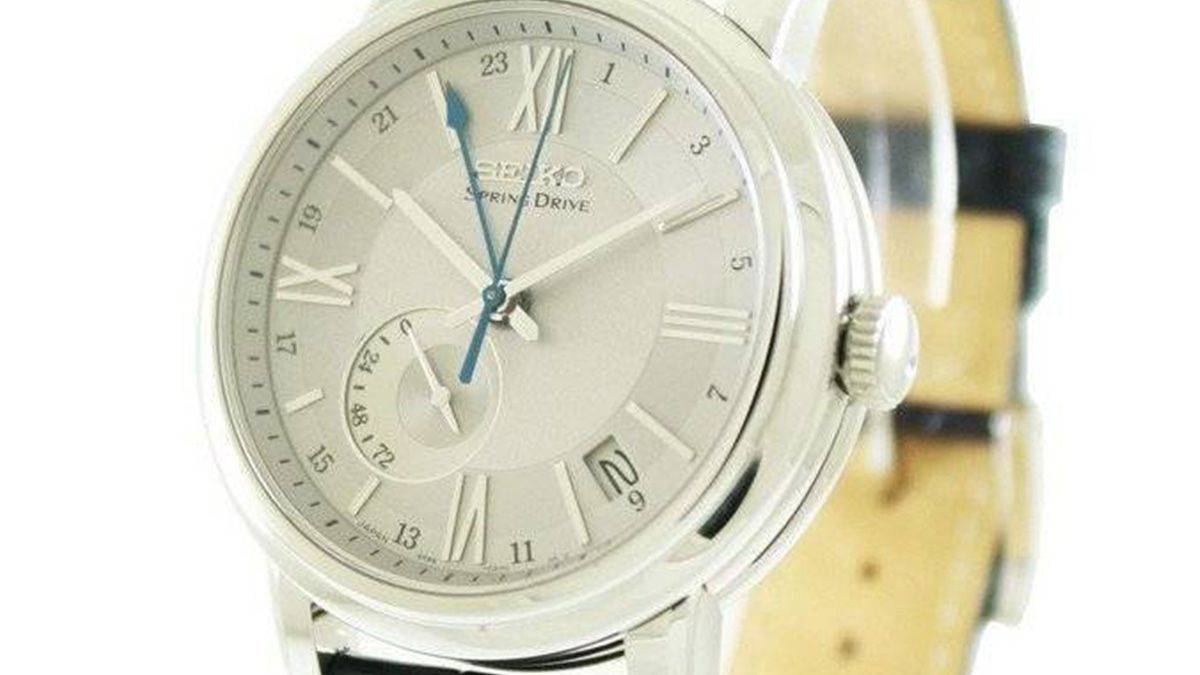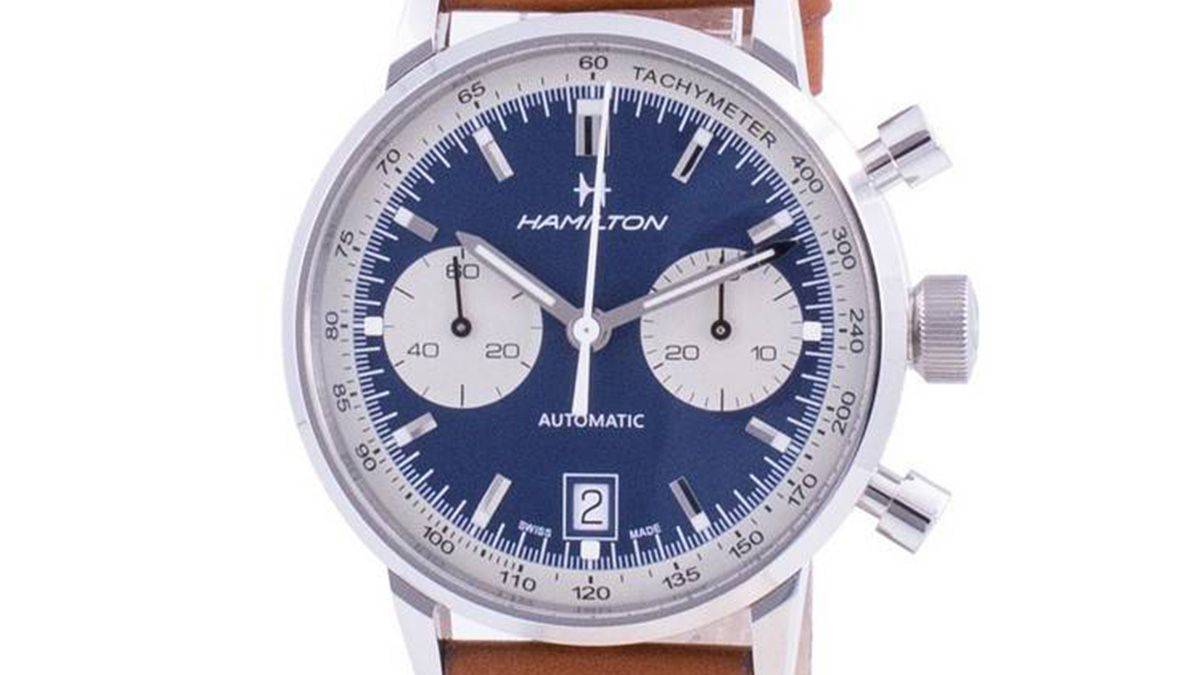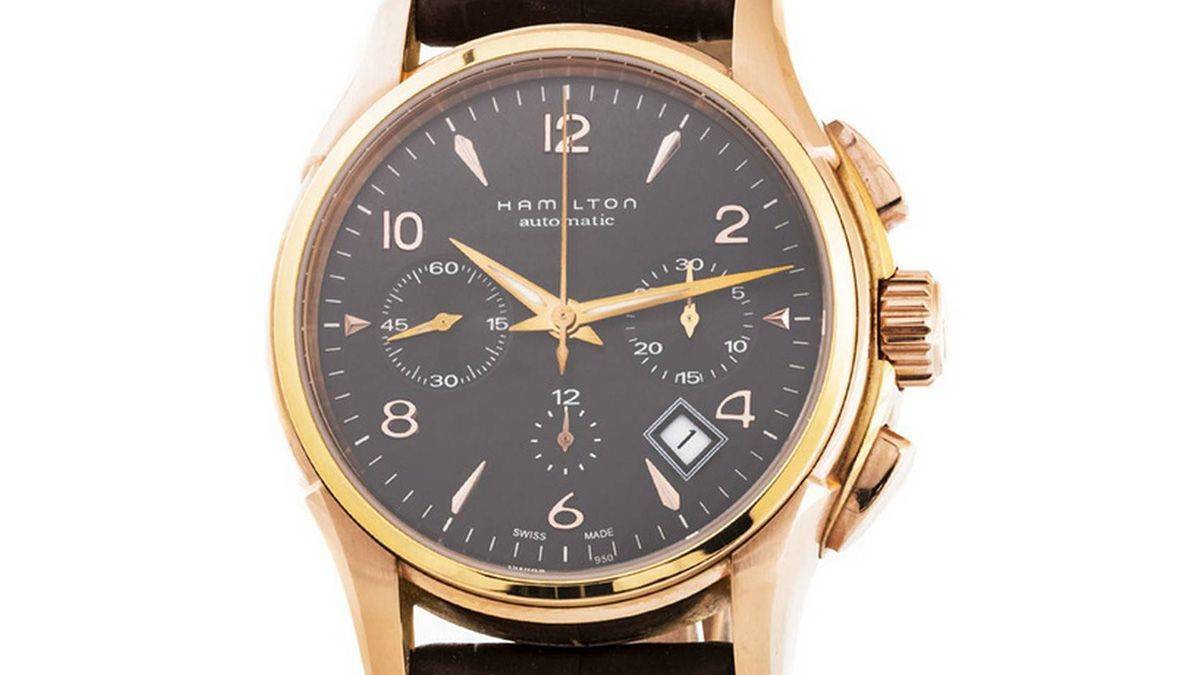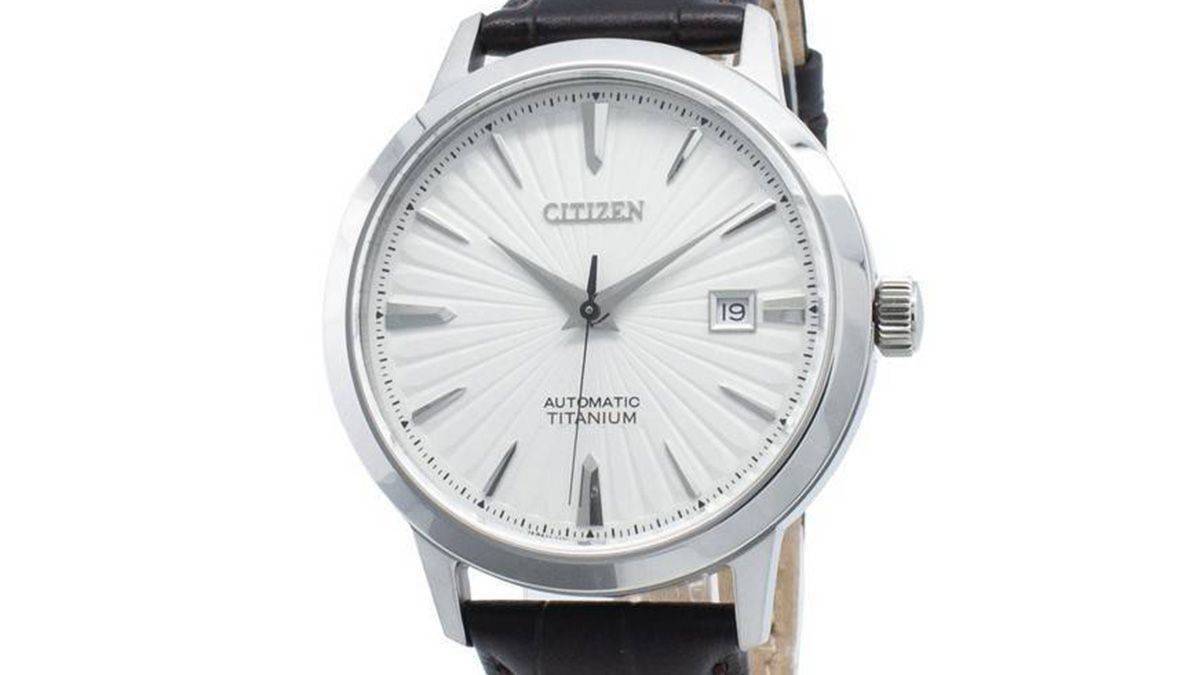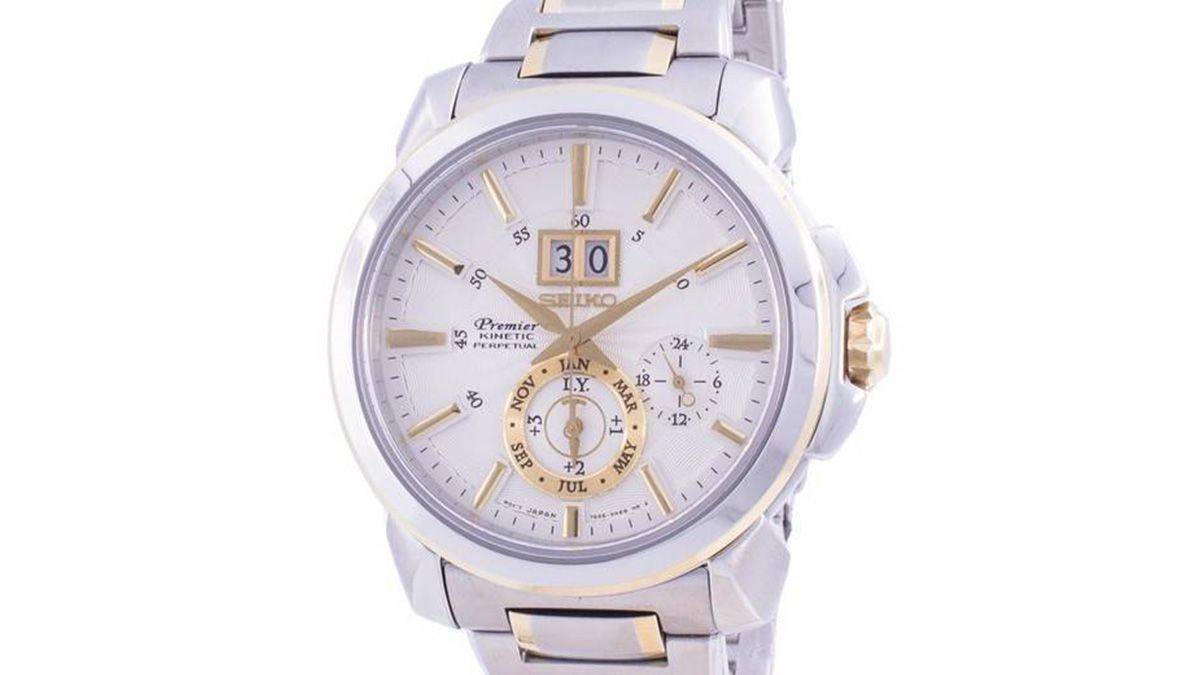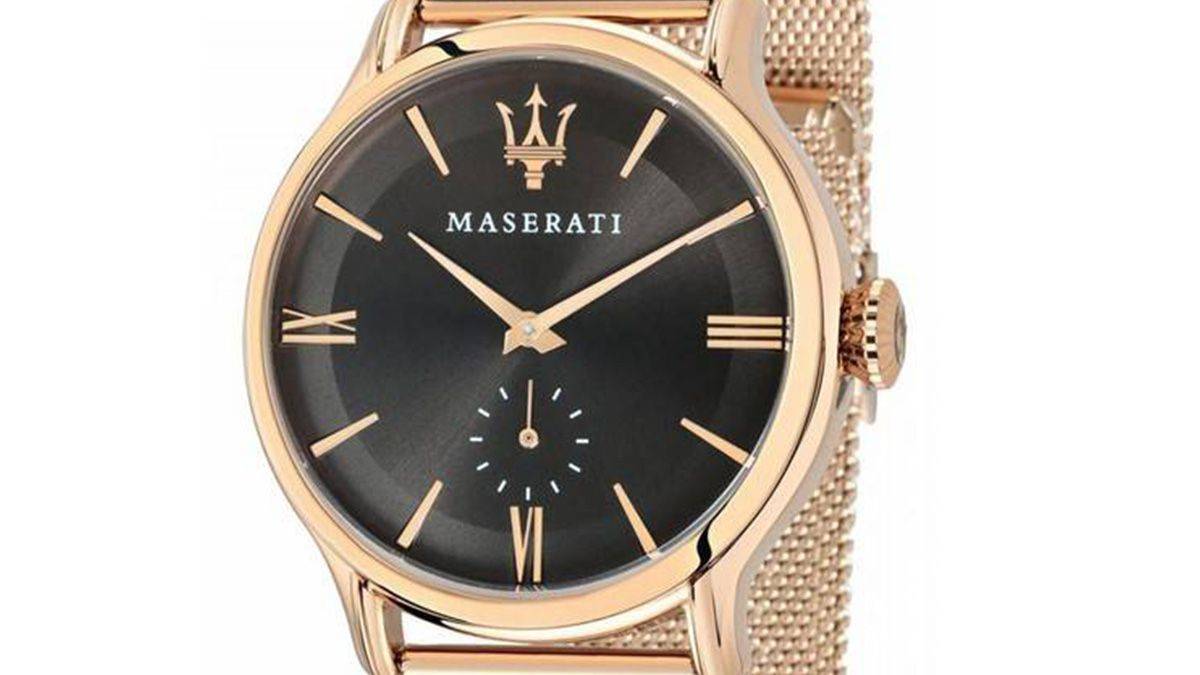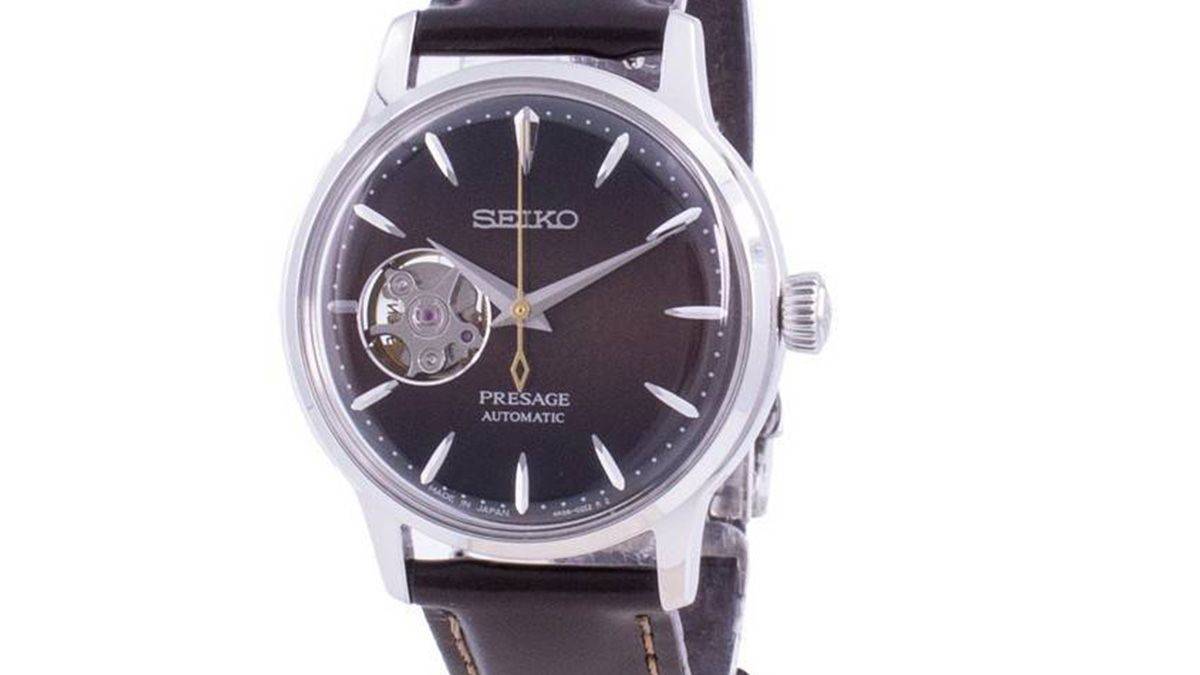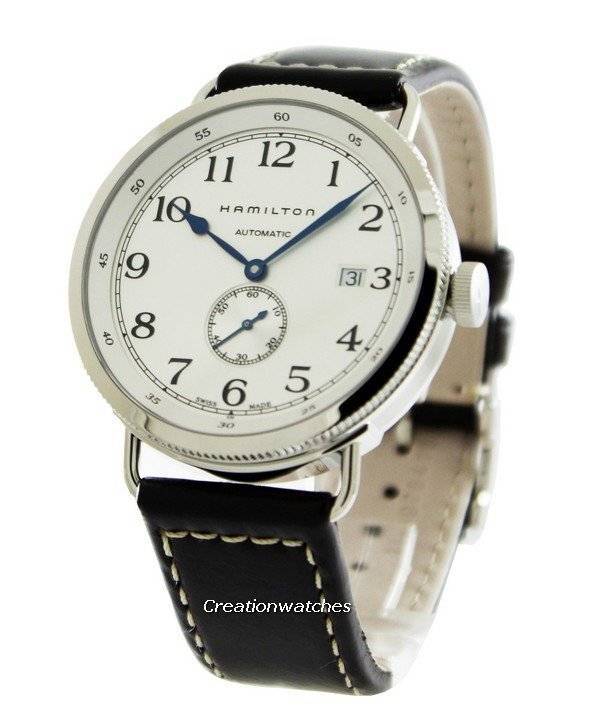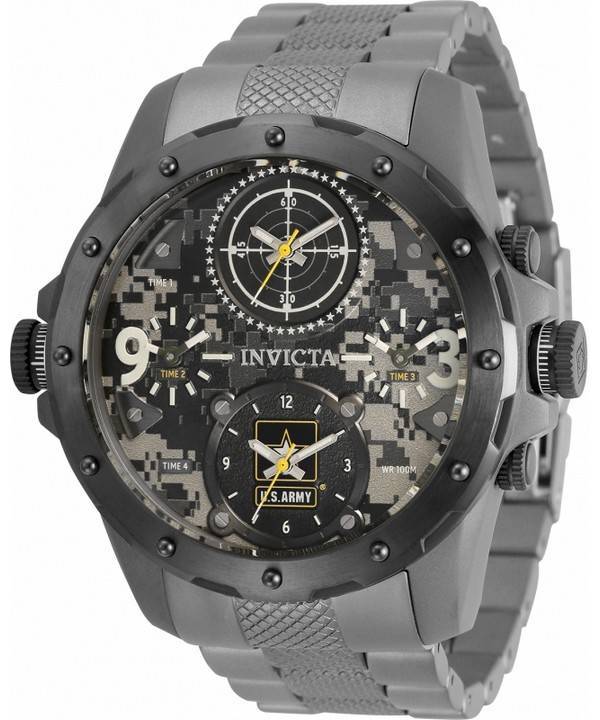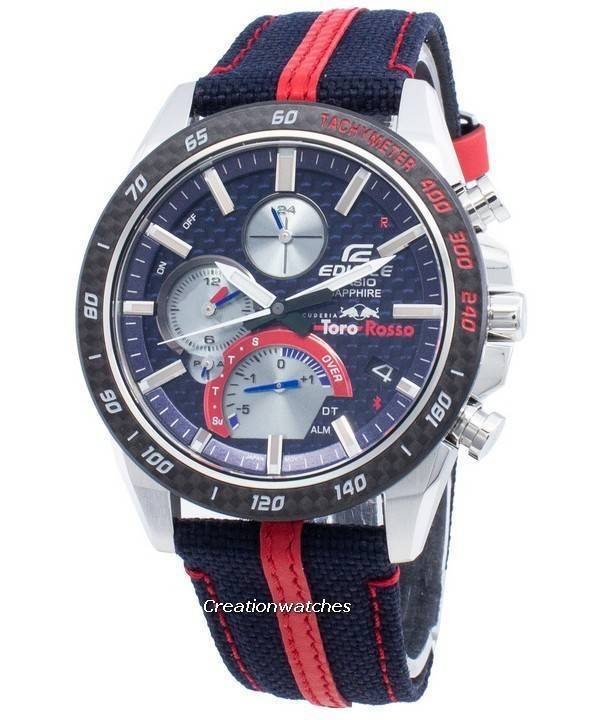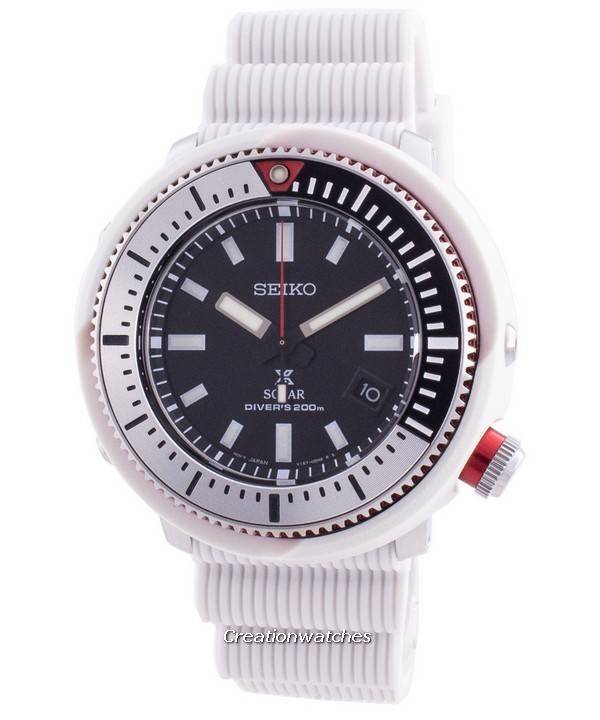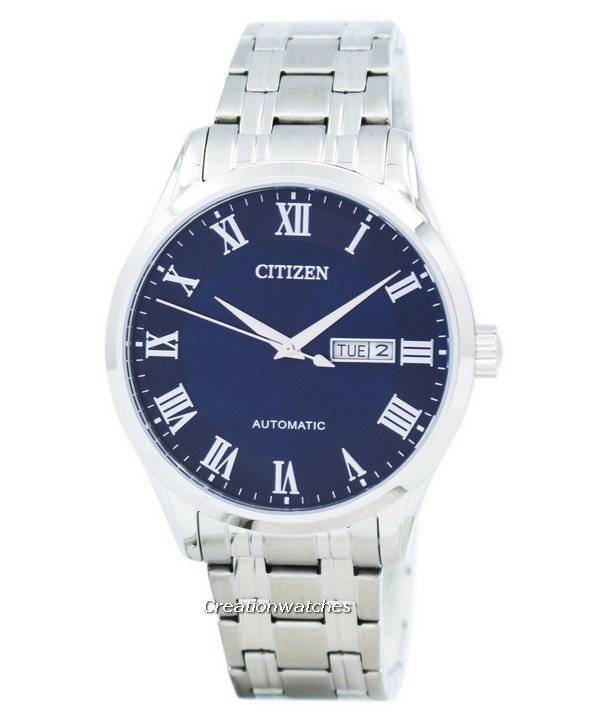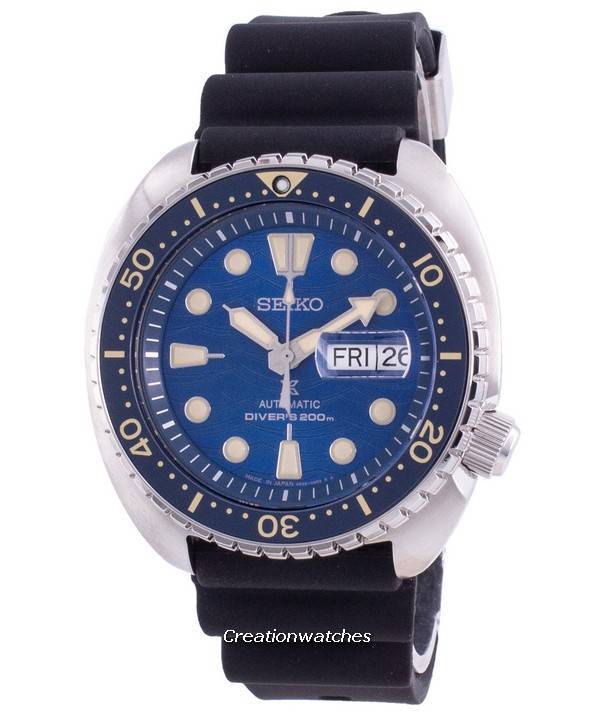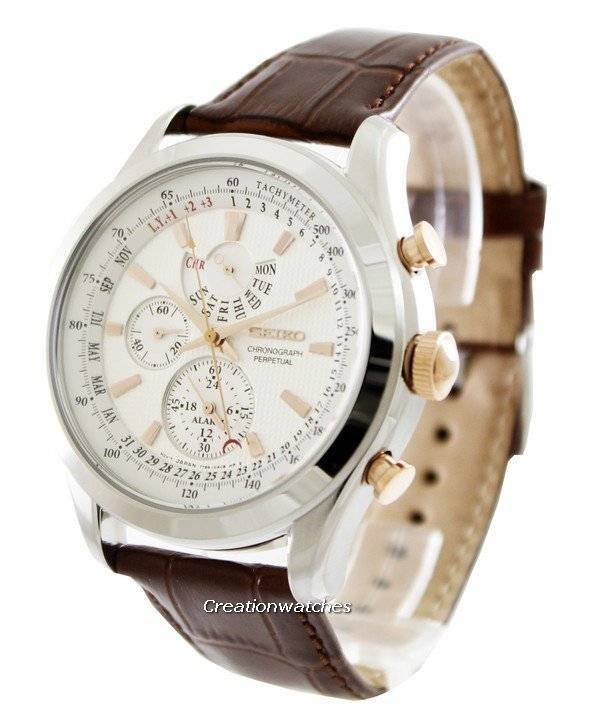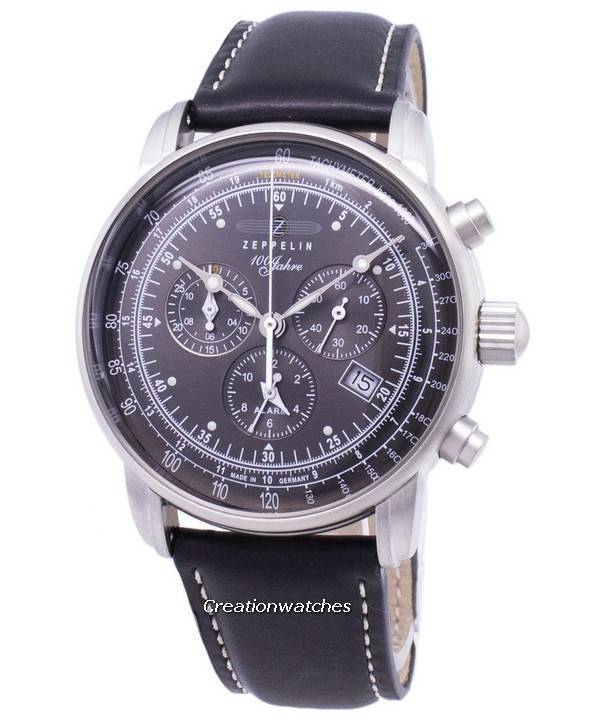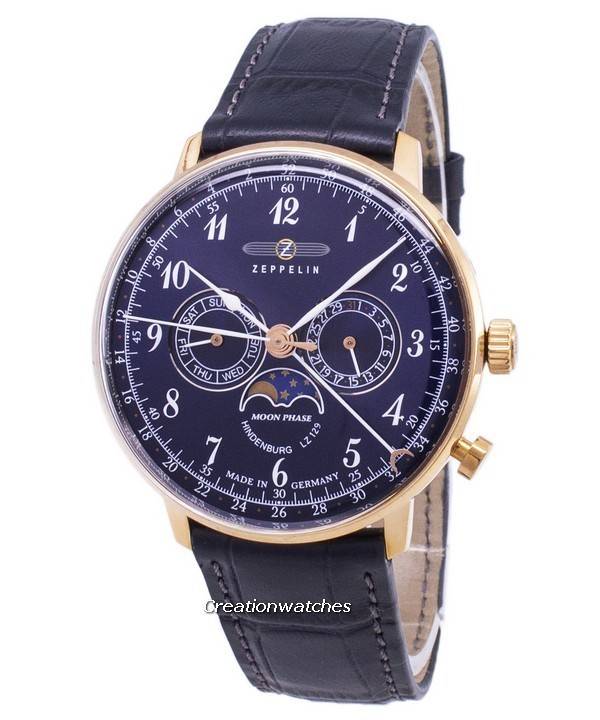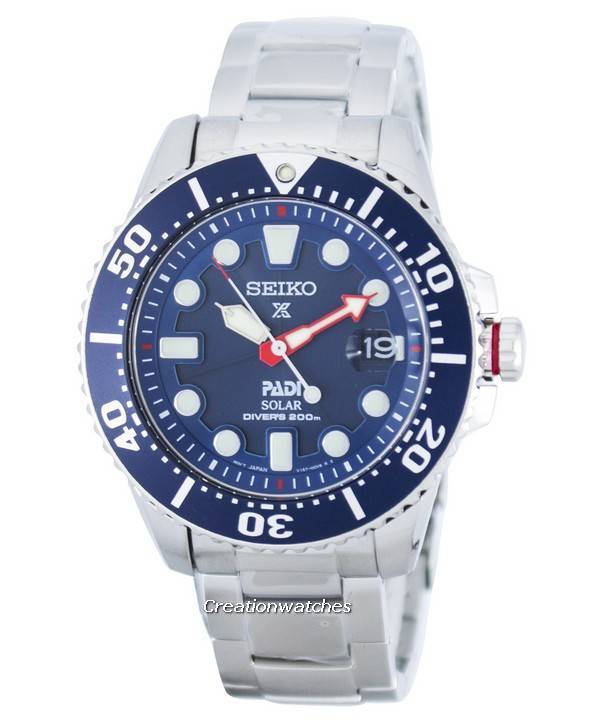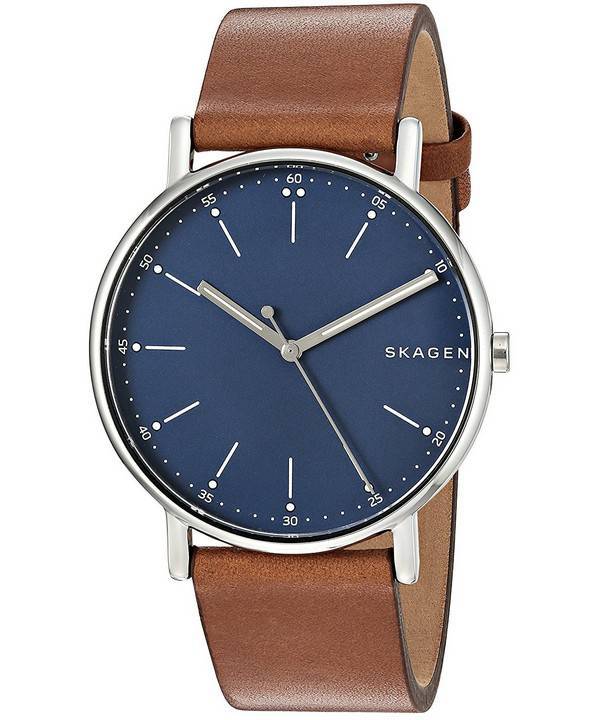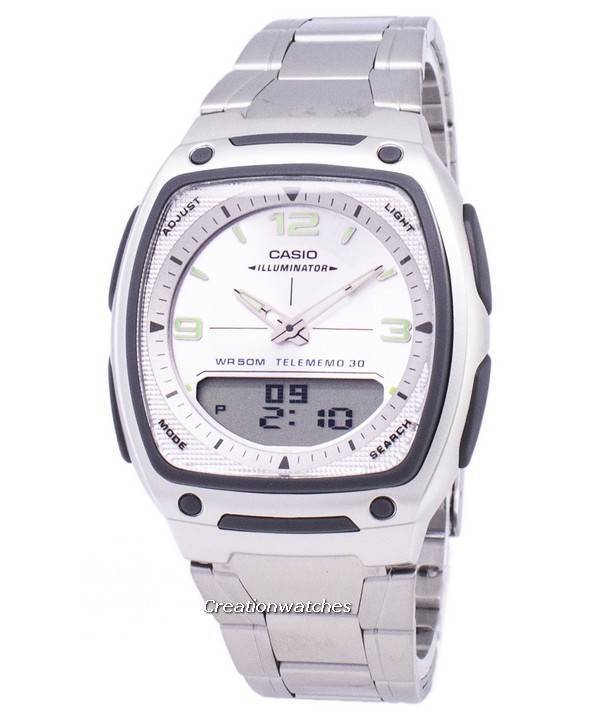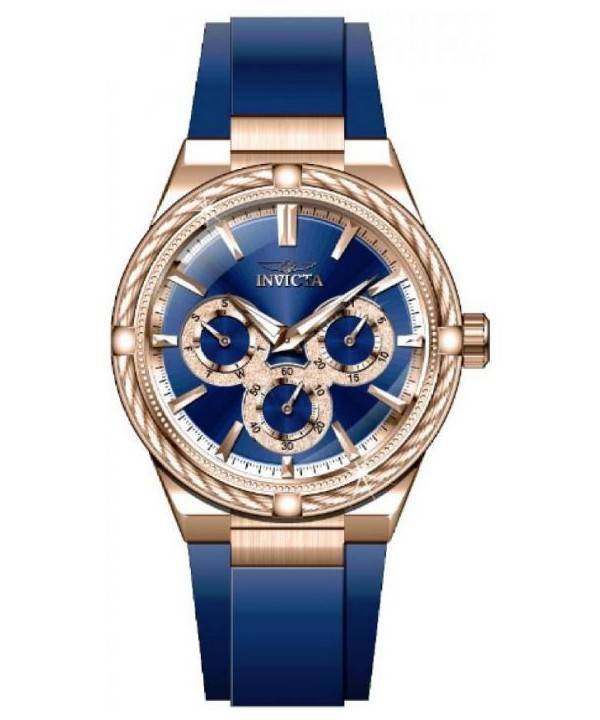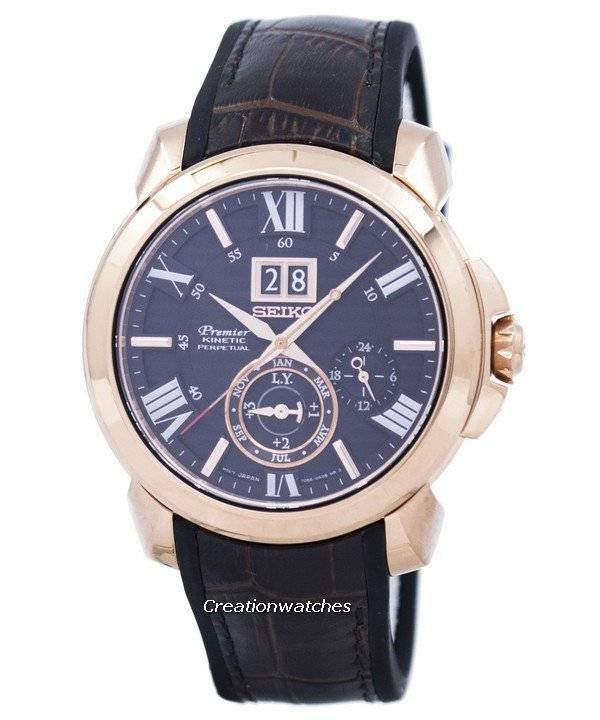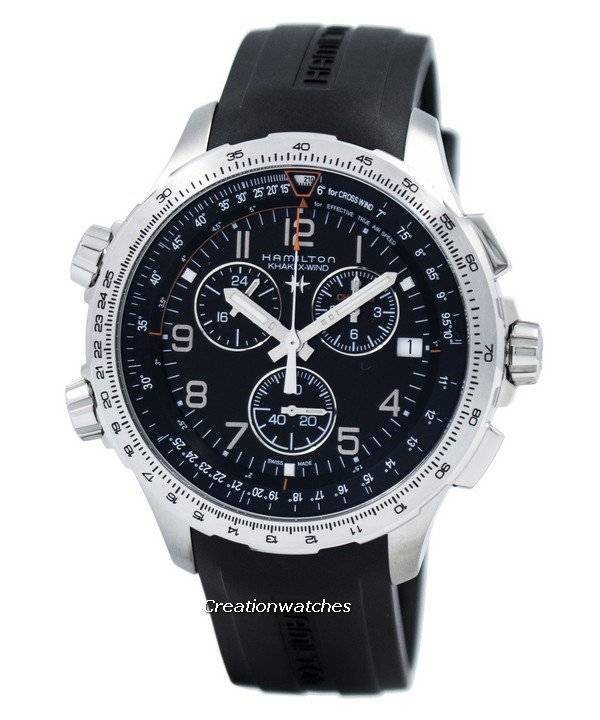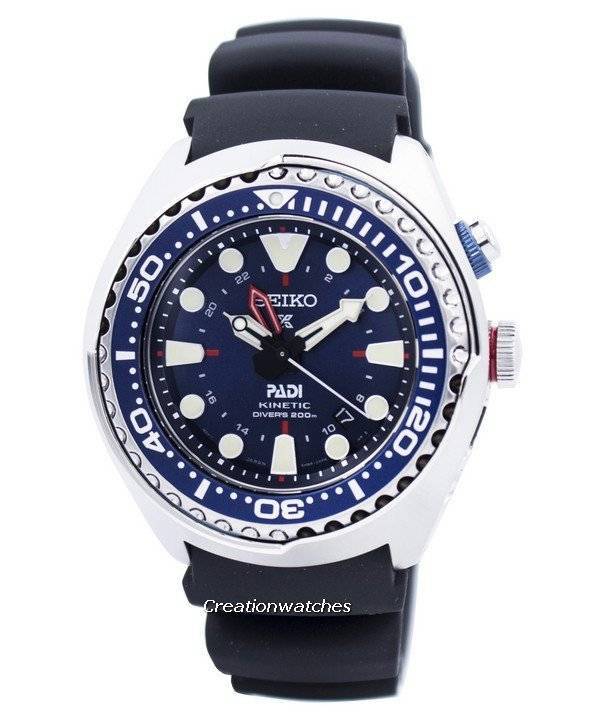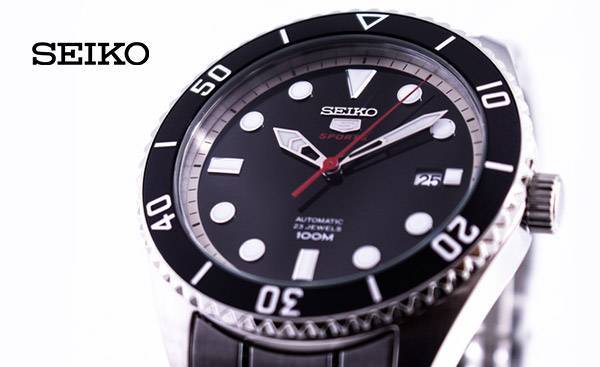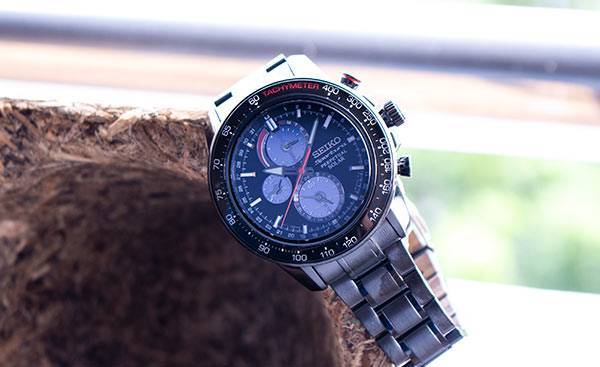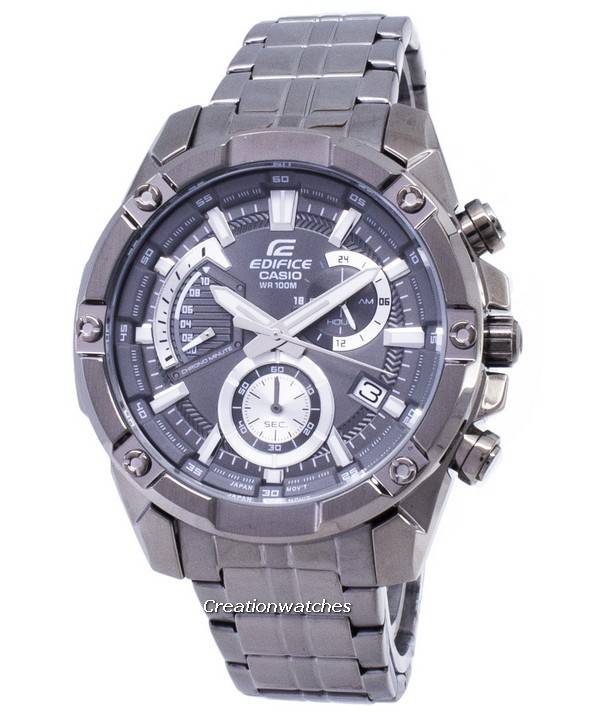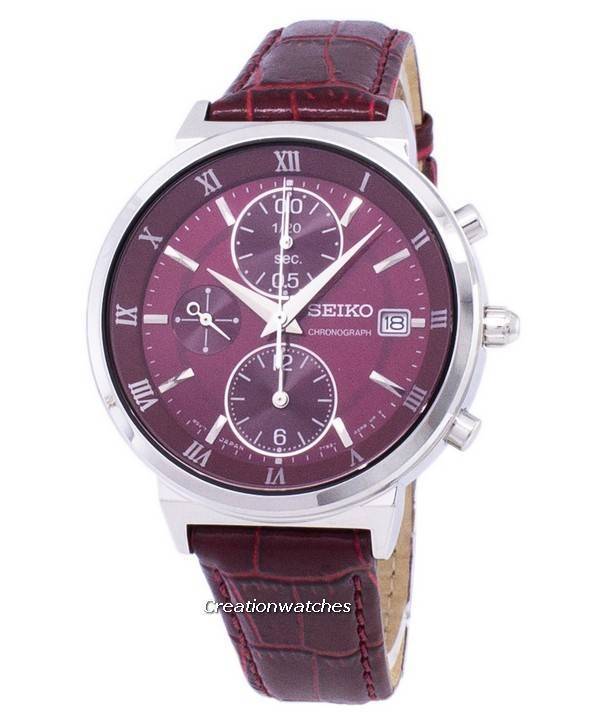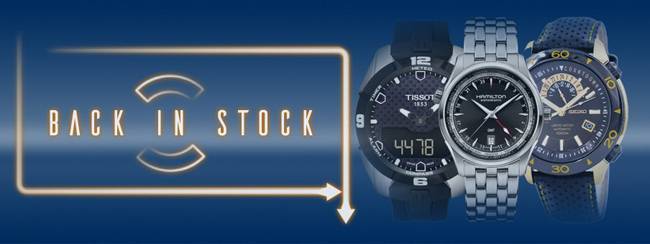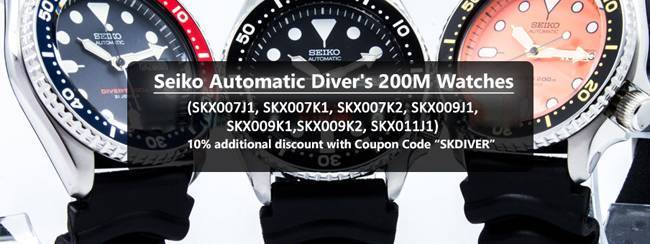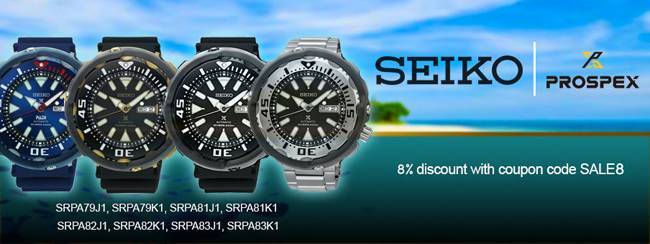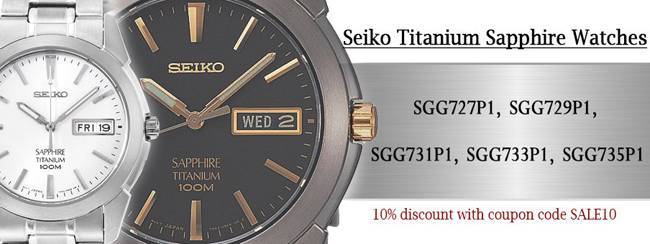 Hello, all you good readers of the MAW Blog.
Hello, all you good readers of the MAW Blog.
Your interest in watches interests us and our rantings on the same are just in great appreciation of the many visits that you have made to it. We are more than glad to see our inputs found usage and the number of users growing rapidly every month. It’s pleasing finding out the uniqueness in every user and our hope and intentions are offering you information suiting your individual tastes. After all, it’s your loyal support that provided us the inspiration to carry on.
So, when someone asks about the Sapphire Crystal, it’s hard avoiding it. The query is simple: Is Sapphire Crystal for real or just a hype? What’s the next best option to go for?
Before answering that, a little must be told on the sapphire crystal.
A sapphire crystal is a favorite feature to many that goes into a watch. You can’t deny the heartbreak following an expensive (that’s relative and I’m talking about my own) purchase without a domed sapphire atop and many of the times, it becomes the sole reason to go for a watch despite a mediocre movement and some amount of lack of feature and functions.
 While it’s not very hard guessing the reason behind (apart from sapphire being an enticing word); Sapphire stands 3rd in the hardness chart of minerals under the Sun. Their impressive hardness is superior to acrylic and hardened minerals but hardness also holds an inverse relationship with brittleness. Sapphire can thus shatter (not that it does, most of the times) easier than acrylics. And you get microscopic cracks and breaks in it during manufacture.
While it’s not very hard guessing the reason behind (apart from sapphire being an enticing word); Sapphire stands 3rd in the hardness chart of minerals under the Sun. Their impressive hardness is superior to acrylic and hardened minerals but hardness also holds an inverse relationship with brittleness. Sapphire can thus shatter (not that it does, most of the times) easier than acrylics. And you get microscopic cracks and breaks in it during manufacture.
Domed sapphire crystals; however are less likely to shatter compared to flat sapphire crystals and thickness has a role to play here. Thicker crystals are less prone to shattering and this again helped the sapphire crystal trend come up strong.
 The reason a sapphire crystal topped watch is valued more in a collection is it comes beneficial when you are opting for long-term owning of watches. Collectors usually do and they also wear them a good bit. Baby-ing is a word that doesn’t sit well with a serious watch collector. If you are one, you must be a wearer too! A plastic or glass crystal won’t hold off scratches, nicks and furrows for that long. A sapphire crystal will.
The reason a sapphire crystal topped watch is valued more in a collection is it comes beneficial when you are opting for long-term owning of watches. Collectors usually do and they also wear them a good bit. Baby-ing is a word that doesn’t sit well with a serious watch collector. If you are one, you must be a wearer too! A plastic or glass crystal won’t hold off scratches, nicks and furrows for that long. A sapphire crystal will.
But here’s the irony: Sapphire crystals have a price tag attached. They are expensive to build while normal/mineral glass and transparent, composite materials are not, comparatively. This is why it’s often absent at entry-levels and higher-end watches inevitably have one. The portion in between is the dominion of mixed crystals and see-through composites. Gorilla glass, for example; but we’ll talk about it later.
The good news is: With the production costs reducing, sapphire crystals are now produced cheaper and are often accompanying mid-tier giants like Citizen, Seiko and Hamilton. Their flagship watches are mostly accompanied by sapphire, since unique and intricate processes are not that tough anymore .
















